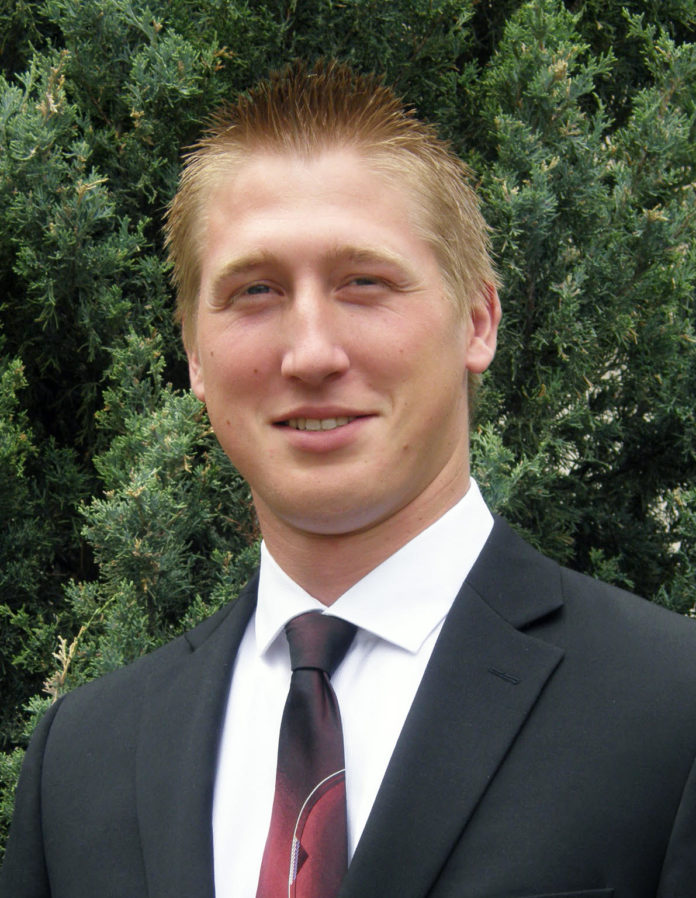Should you be taxed if you get sick? Democrats say yes. Republicans say no. Minnesota’s Republican leadership wants the 2 percent MinnesotaCare provider tax to expire at the end of 2019, as scheduled. But Democrats, including Governor Tim Walz, want to repeal the expiration date and continue taxing the sick.
Why would legislators want to tax you if you get cancer, are hospitalized after a car accident, need to purchase insulin, suffer a chronic disease, have a baby, or suffer a heart attack? Many Minnesotans feel medical care is already too expensive. Why would Democrats want it to cost even more?
The provider tax is a regressive 2 percent tax on all medical services. Doctors and hospitals collect it for the government, and pass the cost on to the patient. This “sick tax,” has collected billions of dollars since it was enacted 27 years ago. Originally established to fund the MinnesotaCare program, provider tax dollars have been used broadly, including to replenish the General Fund.
The provider tax began in 1992. A bipartisan group of Minnesota legislators, known as the Gang of Seven, met behind closed doors to create a government program for low-income Minnesotans who made too much money to qualify for Medical Assistance. To pay for the new MinnesotaCare (MNCare) program, they established the Health Care Access Fund (HCAF) and a 2 percent tax on the gross revenues of medical services provided by physicians, dentists, chiropractors, other practitioners, hospitals, surgical centers and wholesale drug distributors. As with any tax, the financial burden is on the end-purchaser – in this case, the patient.
The HCAF quickly became a slush fund. The 1992 law emphatically states: “The tax is imposed solely to fund a state program [MinnesotaCare] and is not used to pay the state share of medical assistance.” However, between 1992 and 1999, almost 30 percent of the funds collected, roughly $300 million, were diverted from the MNCare program. Now, 27 years later, the misappropriation of HCAF dollars has substantially worsened.
In 2017, Minnesota’s patients paid an extra $630 million in medical costs to cover the tax. Democrats justify the tax by saying it funds MNCare, but this is misleading. In fiscal year 2018 only 1 percent ($9M) of HCAF expenditures were used for MNCare, while 99 percent ($793.9M) were diverted to general fund programs, the special revenue fund, state agencies, and more. Furthermore, 89 percent of MinnesotaCare expenses were paid for using federal funds.
If the tax revenue was used as intended, patients may be willing to accept the added cost. But over the years, state legislators and Minnesota governors have irresponsibly used these dollars to fill gaps in other budgets, to supplement general fund programs, and for special pet-projects, such as computer system upgrades, property tax aids and credits, research, Medicaid expansion and even for the legislature.
These legislative abuses are supposed to end this year. Thanks to a 2011 negotiated agreement between Republicans and former Governor Mark Dayton (D), the provider tax is scheduled to “sunset” on December 31, 2019, reducing treatment costs statewide by nearly $750 million in 2020.
Republican leadership in the Minnesota House and Senate say they are committed to letting the tax expire. In a press conference, House Minority Leader Kurt Daudt (R-Crown) told Democrat legislators earlier this year:
“If you said you were going to reduce the cost of health care and reduce the cost of health insurance and you vote to put in place a 2 percent tax on every health care procedure, we think that’s a broken promise and we will remind people of that.”
On the first day of session, Senate Majority Leader Paul Gazelka (R-Nisswa) also argued against continuing to tax the sick:
“The provider tax [sunset] has already been signed and [is] meant to go away. For it to not do that, we have to do legislation to do something different, which we’re not really favorable towards.”
Democrats have included reinstatement of the provider tax in their “largest-bill-in-state-history”—the House Health and Human Services (HHS) budget bill (HF 2414). But Senate Republicans defeated an attempt to add the reinstatement to the GOP Senate’s HHS budget bill (SF 2452). The two sides began meeting together for the HHS conference committee hearings on Friday, May 3.
Unlike when the Gang of Seven dreamed up the provider tax behind closed doors, the DFL plan to keep the tax in place is public knowledge. While a small group of legislators and the Governor will have the final say, Minnesotans who speak up now may be the deciding factor on whether the “sick tax” goes away or lives on forever.
Matt Flanders, State Legislative and Policy Director, Citizens’ Council for Health Freedom


















